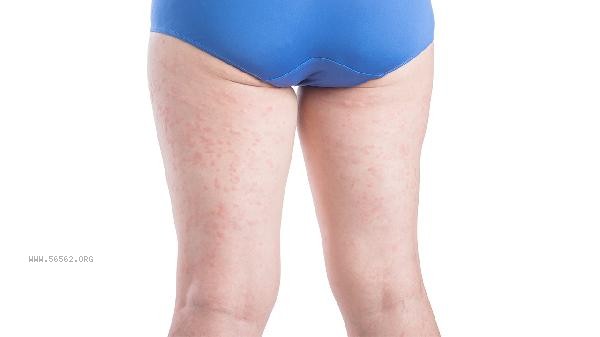Reducing fat in the buttocks and thighs requires a combination of dietary control and targeted exercise, including adjusting dietary structure, strengthening aerobic exercise, conducting local strength training, improving daily habits, and maintaining long-term adherence.

1. Adjust dietary structure
Reduce intake of refined carbohydrates and high-fat foods, and increase the proportion of high-quality protein and dietary fiber. Choose coarse grains such as brown rice and oats instead of white rice, and use low-fat protein sources such as chicken breast and fish instead of fatty meat. The recommended daily intake of vegetables is over 500 grams. Vegetables rich in dietary fiber, such as broccoli and spinach, can help increase satiety. Avoid sugary drinks and fried foods, and control daily total calorie intake within a reasonable range.
2. Strengthen aerobic exercise
Engage in 4-5 sessions of aerobic exercise per week for at least 30 minutes, such as jogging, swimming, or skipping rope. These whole-body exercises can effectively promote fat burning, especially for lower body fat accumulation. Training with instruments such as stair climbing and elliptical machines can specifically enhance lower limb metabolism. Maintaining a heart rate within the range of 60% -70% of maximum heart rate during exercise is more important than intensity.
3. Local strength training
Compound movements such as squats and lunges can simultaneously exercise the gluteal and thigh muscle groups. It is recommended to perform strength training three times a week, with 12-15 movements per group, and complete 3-4 sets. Isolated movements such as buttock bridge and lateral leg lifting can accurately stimulate target muscle groups. Strength training can not only shape lines, but also improve basal metabolic rate, but attention should be paid to movement standards to avoid compensation.

4. Improve daily habits
Avoid prolonged sitting and move around for 5 minutes every hour. Choose a hard seat instead of a soft sofa and maintain the correct sitting posture to avoid pelvic tilt. Consciously tighten the gluteal muscles while walking, and use your toes to exert force when going up and down stairs. Lack of sleep can affect fat metabolism, ensuring 7-8 hours of high-quality sleep every day. These detailed adjustments can continuously consume additional heat.
5. Maintain long-term adherence
Fat loss is a systemic process, and local weight loss requires longer time. It is recommended to measure circumference every week instead of simply focusing on weight, and record diet and exercise. During the plateau period, the exercise intensity or dietary ratio can be adjusted. Maintain a positive attitude, transform a healthy lifestyle into long-term habits, and avoid extreme dieting or excessive exercise. During the process of weight loss, it is important to ensure a balanced diet and avoid complete withdrawal of carbohydrates. Warm up and stretch before and after exercise to prevent sports injuries. Choose an appropriate intensity exercise plan and gradually increase the difficulty. Women need to pay attention to the impact of their menstrual cycle on exercise effectiveness, and the intensity can be appropriately reduced during menstruation. If accompanied by edema, sodium intake can be reduced and potassium can be supplemented. It is recommended to use a body fat scale to monitor changes in body fat distribution, and if necessary, consult a professional fitness coach to develop personalized plans. Maintaining a regular daily routine and adequate drinking water can help improve the lower body shape more safely and effectively.









Comments (0)
Leave a Comment
No comments yet
Be the first to share your thoughts!